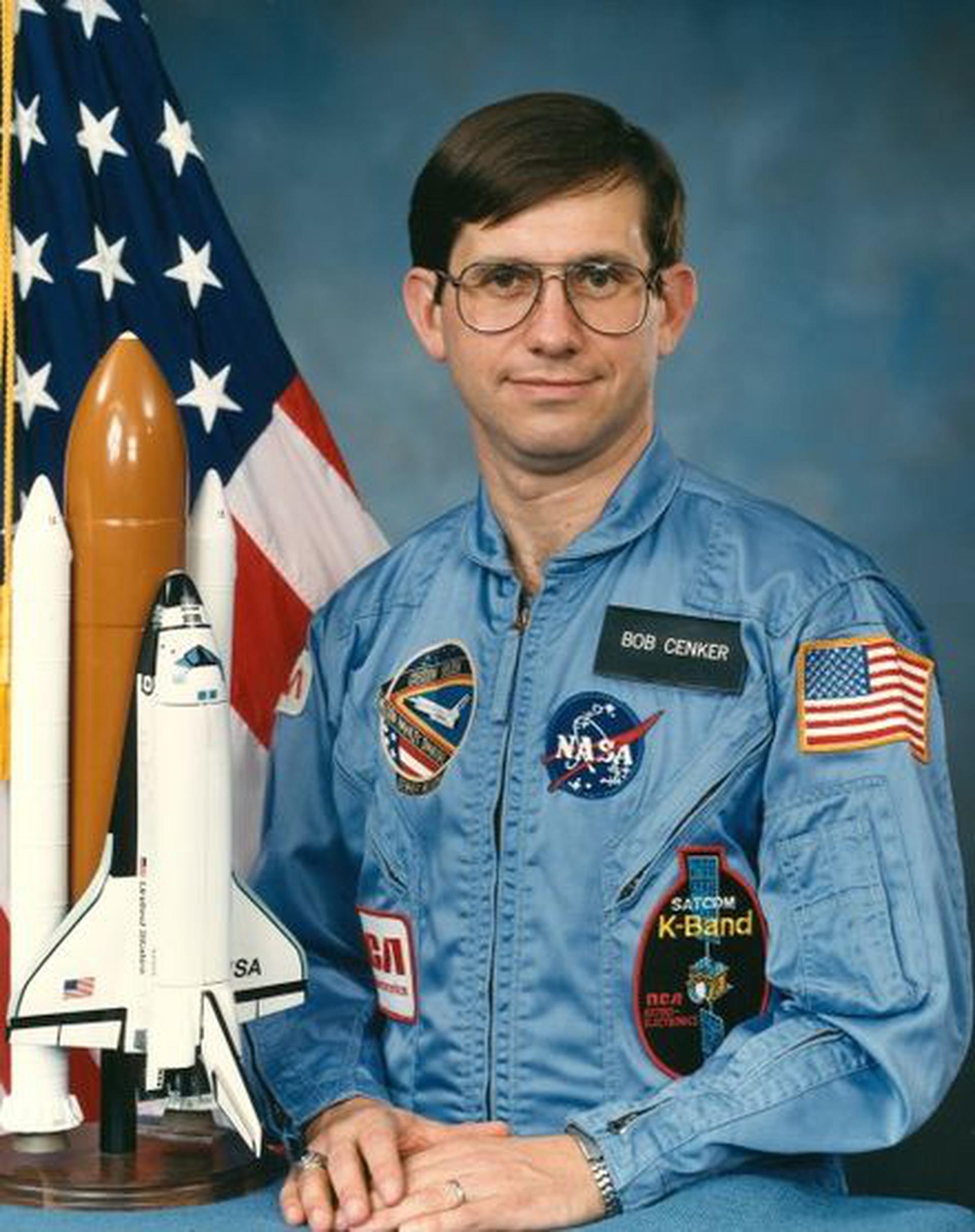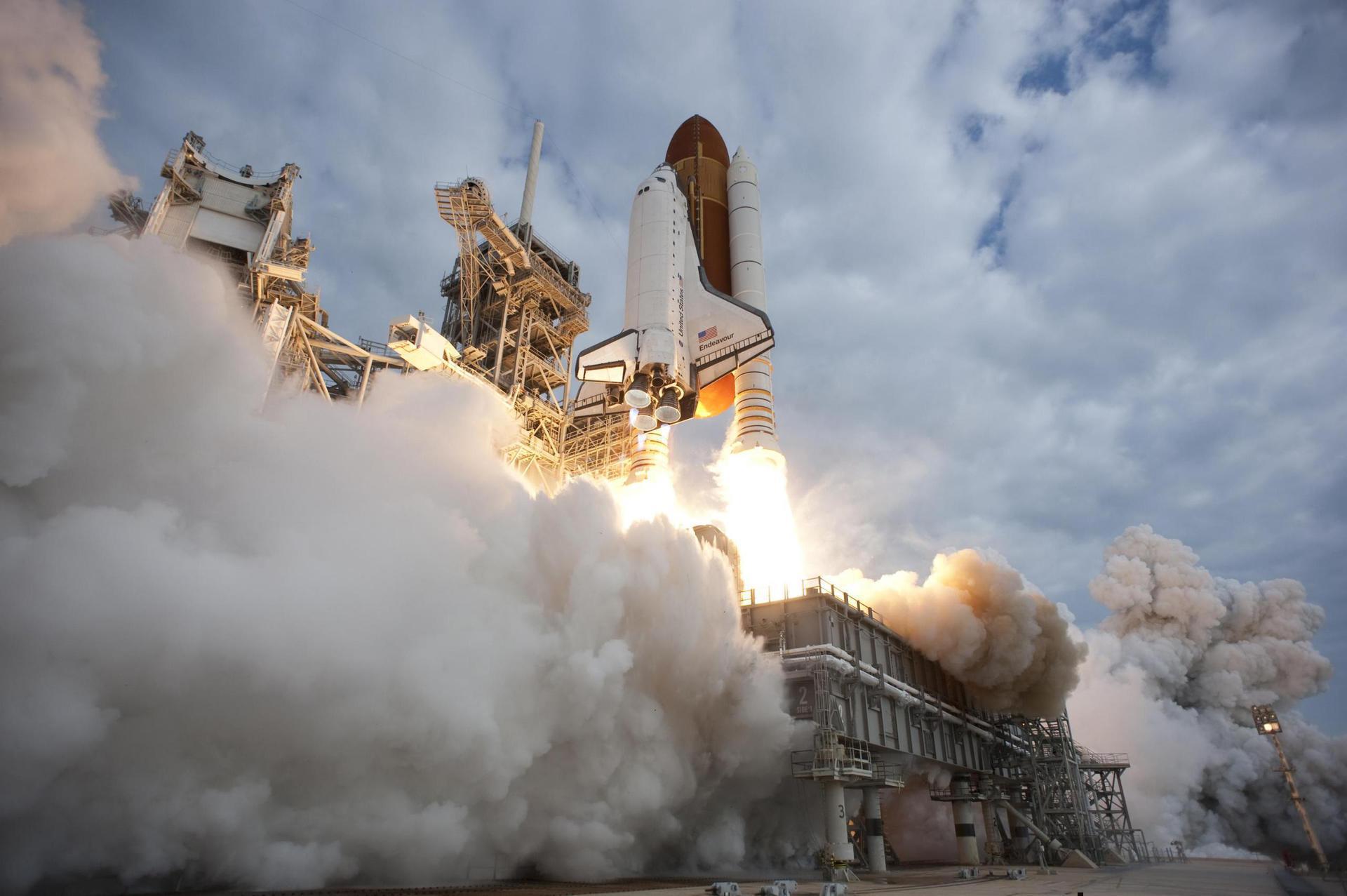Robert J. Cenker
American - (NASA)
Retired
Date of Birth: Nov. 5, 1948
Age: 77
Robert Joseph "Bob" Cenker (born November 5, 1948) is an American aerospace and electrical engineer, aerospace systems consultant, and former astronaut. Cenker worked for 18 years at RCA Astro-Electronics, and its successor company GE Astro Space, on a variety of spacecraft projects. He spent most of his career working on commercial communications satellites, including the Satcom, Spacenet and GStar programs. In January 1986, Cenker was a crew member on the twenty-fourth mission of NASA's Space Shuttle program, the seventh flight of Space Shuttle Columbia, designated as mission STS-61-C. Cenker served as a Payload Specialist, representing RCA Astro-Electronics. This mission was the final flight before the Challenger disaster, which caused the Space Shuttle program to be suspended until 1988, and impacted NASA's Payload Specialist program for even longer. As a result, Cenker's mission was called "The End of Innocence" for the Shuttle program. Following the completion of his Shuttle mission, Cenker returned to work in the commercial aerospace field. Since his flight, he has made numerous public appearances representing NASA and the Shuttle program, in the United States, as well as internationally.
Space Shuttle Columbia / OV-102 | STS-61-C
National Aeronautics and Space Administration | United States of AmericaKennedy Space Center, FL, USA
Jan. 12, 1986, 11:55 a.m.
Status: Success
Mission:
STS-61-C was the twenty-fourth mission of the shuttle program and the seventh of the Space Shuttle Columbia. The mission included the second African-American shuttle pilot, future NASA Administrator Charles Bolden, the first Costa Rican born astronaut and the second sitting politican to fly in space: Bill Nelson.
Low Earth OrbitThe National Aeronautics and Space Administration is an independent agency of the executive branch of the United States federal government responsible for the civilian space program, as well as aeronautics and aerospace research. NASA have many launch facilities but most are inactive. The most commonly used pad will be LC-39B at Kennedy Space Center in Florida.
LVM-3 (GSLV Mk III)
BlueBird Block 2 #1
Satish Dhawan Space Centre Second Launch Pad - Satish Dhawan Space Centre, IndiaAST SpaceMobile’s Block 2 BlueBird satellites are designed to deliver up to 10 times the bandwidth capacity of the BlueBird Block 1 satellites, requi…
Long March 12A
Demo Flight
Long March 12A Pad - Jiuquan Satellite Launch Center, People's Republic of ChinaFirst test launch of CASC/SAST’s Long March 12A rocket, with a dummy payload. The rocket’s 1st stage attempted to land on a landing pad about 300 km …
HANBIT-Nano
Spaceward
HANBIT Pad - Alcântara Space Center, Federative Republic of BrazilMaiden orbital launch attempt for the South Korean stratup Innospace and its HANBIT-Nano small launch vehicle. Onboard this flight are five small sat…
H3-22
Michibiki 5 (QZS-5)
Yoshinobu Launch Complex LP-2 - Tanegashima Space Center, JapanQZSS (Quasi Zenith Satellite System) is a Japanese satellite navigation system operating from inclined, elliptical geosynchronous orbits to achieve o…
Electron
The Wisdom God Guides (iQPS Launch 6)
Rocket Lab Launch Complex 1B - Rocket Lab Launch Complex 1, Mahia Peninsula, New ZealandSynthetic aperture radar Earth observation satellite for Japanese Earth imaging company iQPS.



